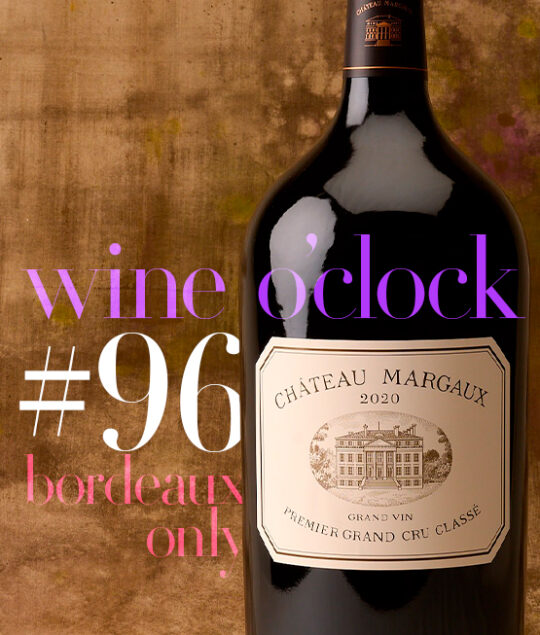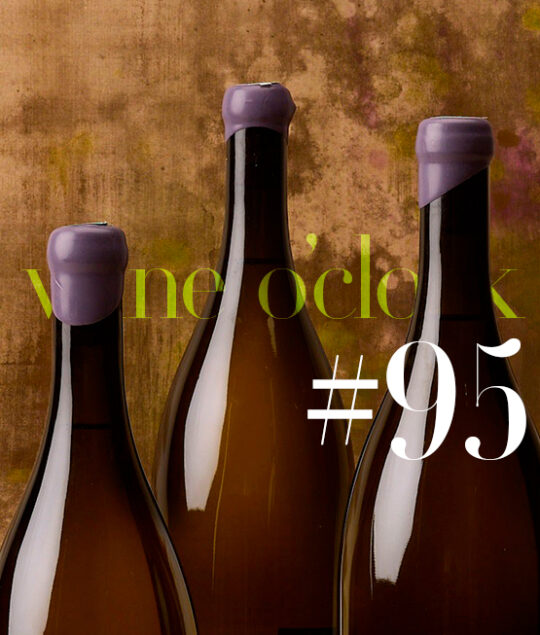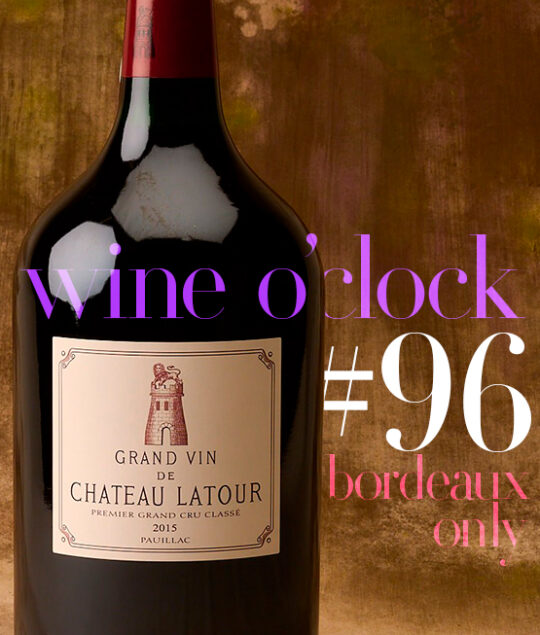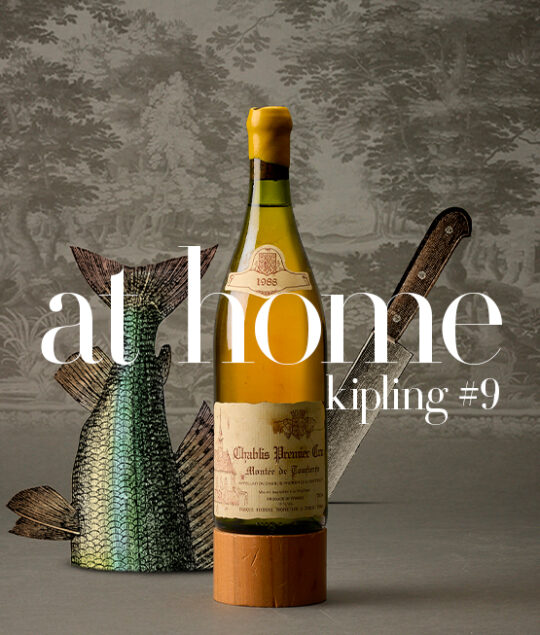

By Francesco Lee
Exploration!
Our live-streamed “Kipling” #9 auction, “At Home”, offers an extensive and beautiful selection of Burgundy white wines, including wonderful Grands Crus. As such, we believe it would be interesting to explore the essence of Burgundy’s white Grand Crus…
Chablisien
Among the five sub-regions producing wines in Burgundy, the Chablisien is the northernmost, located approximately 40 kilometers from Dijon. Here, vines grow on marls and Kimmeridgian limestones containing tiny, fossilized oysters known as Exogyra virgula. These rocks were formed during the Upper Jurassic, some 150 million years ago. Chablis is one of the few French AOCs to define itself in terms of its geology.
The seven Grands Crus of Chablis represent just under 100 hectares of vines out of the 5,000 hectares planted with Chablis. These Grand Cru climats are well exposed to the southeast, allowing the fruit to receive excellent sunlight, contributing to optimal maturity.
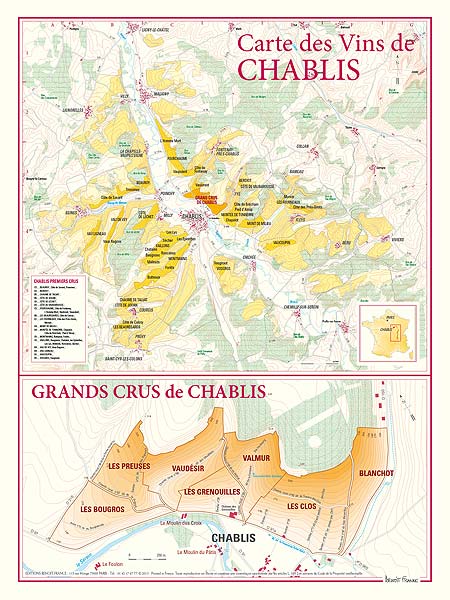
Côte de Beaune
To the south of Dijon lies the second major area of Burgundy renowned for white wines: the Côte de Beaune. This region is certainly the most famous for its white wine production in Burgundy. Two pairs of villages produce Grands Crus: Aloxe-Corton & Pernand-Vergelesses, and Chassagne-Montrachet & Puligny-Montrachet.
Aloxe-Corton and Pernand-Vergelesses house the Corton-Charlemagne appellation, which occupies the highest portion of the Hill of Corton, where the gradients are steep (20-23%). The hill itself offers an exemplary geological section through the younger (145 million years old) Jurassic strata, located between Ladoix-Serrigny and Meursault. The color of the clay-rich marly soils varies from yellow to ochre to brown. Limestone alternates with marls beneath a thin cover of rendzinas. At mid-slope, the mainly red wines of the Corton appellation grow on soils that differ significantly in character. This large appellation covers 55 hectares of vines, producing an average of more than 300,000 bottles annually.
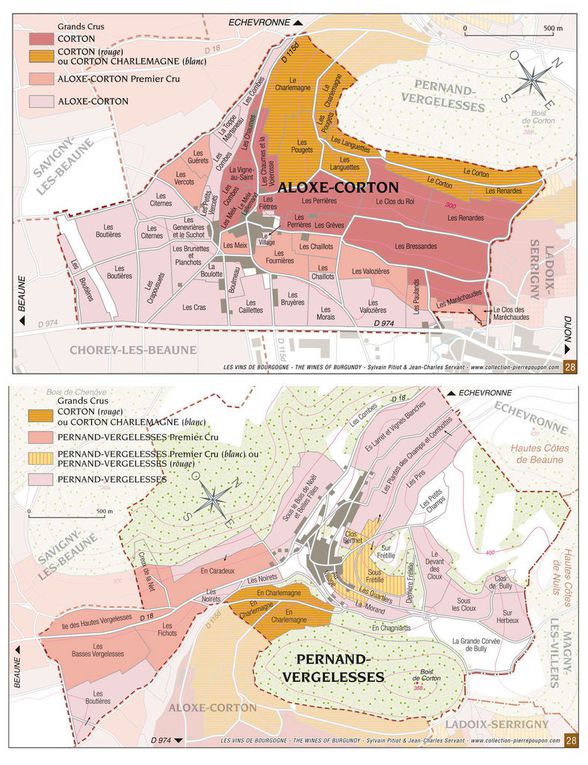
Puligny-Montrachet
& Chassagne-Montrachet
The other famous Grands Crus from Burgundy—Bâtard-Montrachet, Bienvenues-Bâtard-Montrachet, Montrachet, Chevalier-Montrachet, and Criots-Bâtard-Montrachet—are located between Puligny-Montrachet and Chassagne-Montrachet.
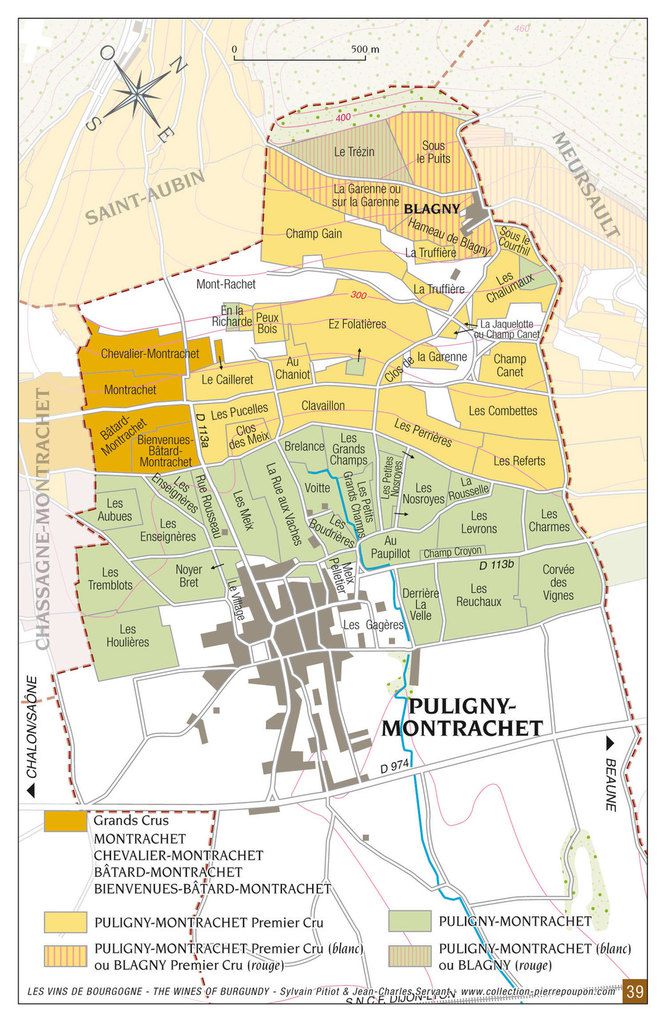
Together, these Grands Crus cover just over 30 hectares in total, making them truly rare. With an average annual production of 160,000 bottles, these climats are rich, complex, and powerful.
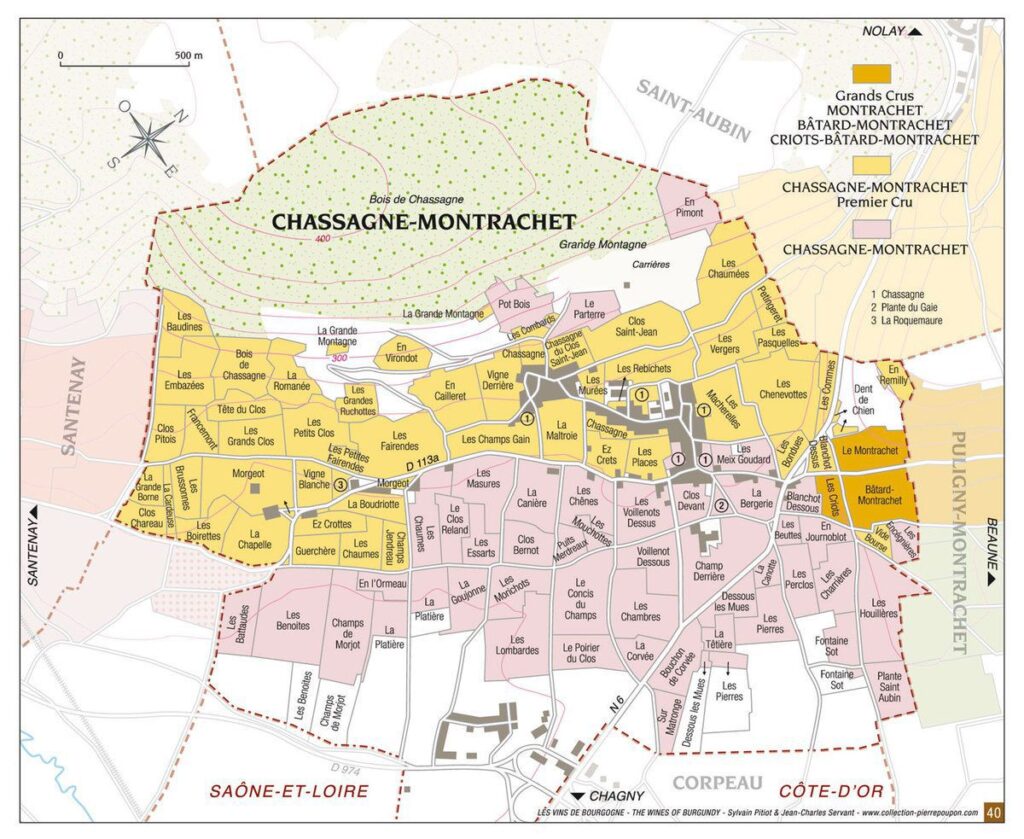
The underlying rocks date from the Jurassic, around 175 million years ago. The exposures are predominantly to the east and south, with altitudes ranging from 240 to 290 meters. In the Montrachet climat, the soils are thin and sit atop hard limestone, interspersed with a band of reddish marl. In Chevalier-Montrachet, the soils are thin, stony rendzinas derived from marls and marly limestones. In Bâtard-Montrachet, the soils are deeper brown limestone, becoming more clayey at the foot of the slope.
In our live-streamed “Kipling” #9 auction, discover 154 lots of Burgundy white wines, an impressive selection of Grands Crus, as well as some beautiful village and Premier Cru wines. We offer several vintages, including both mature and younger bottles to satisfy every palate!

